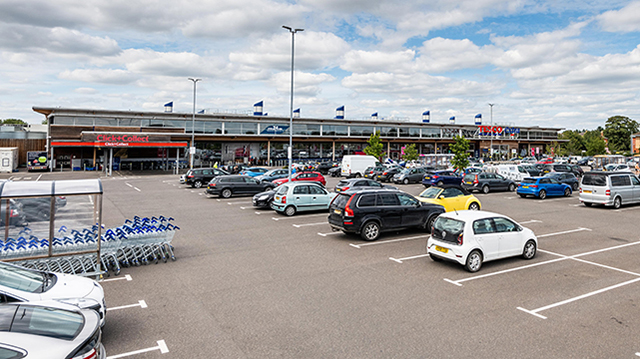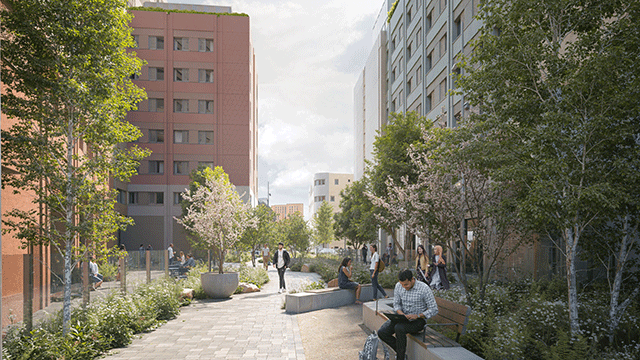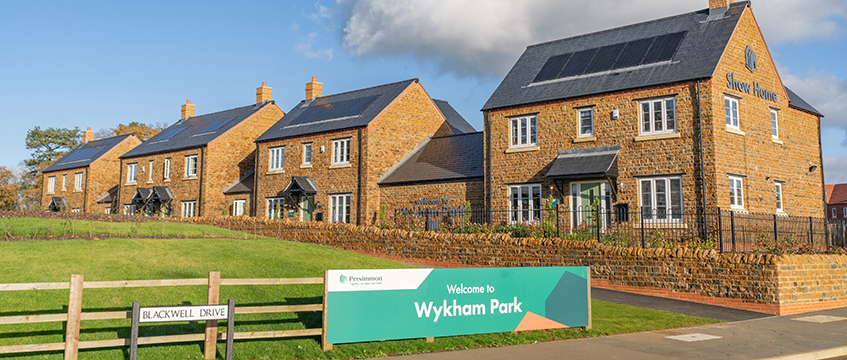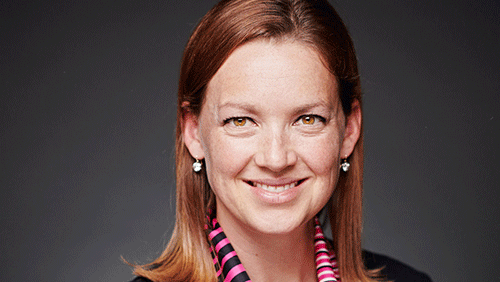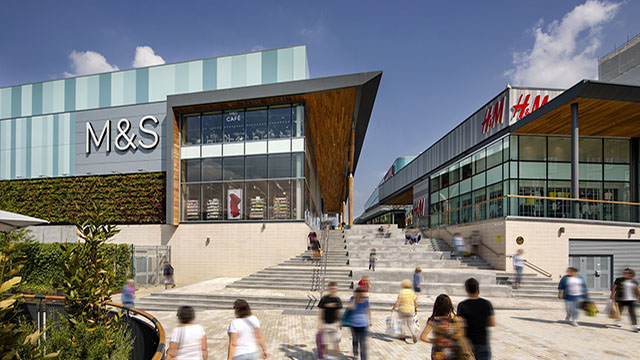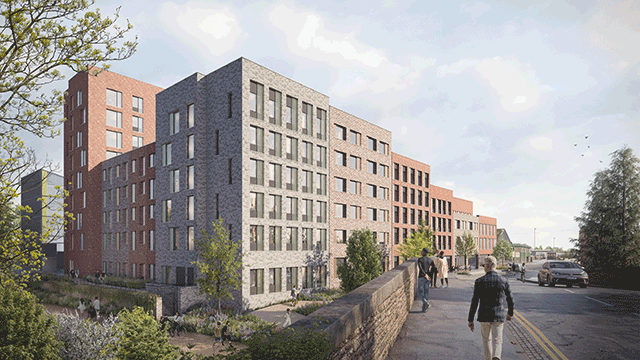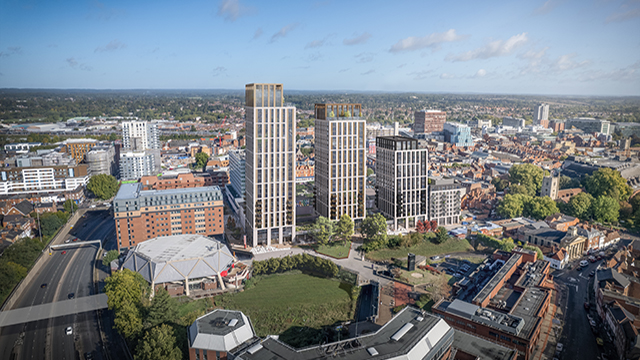COMMENT For the first time in many months, the phrase “bottom of the cycle” is starting to be whispered.
The Bank of England’s decision to hold interest rates at 5.25% has led some commentators to speculate that the property cycle has bottomed out, with rate cuts to follow that should lead to an increase in values.
While we at Investec agree that UK real estate – and especially the living sectors – will eventually see a recovery, it is too early to call the bottom of the current property cycle.
This is because – whatever anyone says about new paradigms – property is always a function of the wider economy.
Higher for longer
Although further rate increases look less likely, we cannot foresee rates coming down particularly soon given bank governor Andrew Bailey’s warning that they will stay high amid wider uncertainty in the economy and geopolitical events that could well lead to an increase in energy prices.
Ultimately, this means a “higher for longer” scenario that we will all need to get used to.
Investec’s London Economics team believes that the UK will enter a mild recession in the coming months, inevitably weakening occupier demand.
Interest rates at 5%-6% are not unusual for real estate but the impact in this cycle is harsh because so much debt has been secured at lower interest rates and, according to October research from Bayes Business School, £178bn of outstanding UK loans need to be refinanced by 2026.
The Bayes team reports that new lending in real estate fell by more than a fifth in the first half of 2023 on the back of declining values, and there is a danger that forced sales caused by refinancings and redemptions from open-ended funds will lead to further drops in values. This is self-perpetuating because the more lending falls, the bigger the impact on values.
As Nicole Lux, lead author of the Bayes report, said: “Some asset values might have been near their fair value point, but lenders still have their doubts about the right value as a base for lending and are therefore very conservative with their loan-to-value ratios.”
At Investec Real Estate we are working closely with our customers to assess the stability of their loans and will take a considered long-term view of each situation. This will be based on maintaining our relationships and the fundamentals supporting large sections of the UK property market.
While we may not have reached the bottom of the cycle, there are still opportunities to be had and dry powder waiting to be deployed.
Our third Future Living report, published in October, showed that global institutional investors’ attitudes towards the UK living sector are improving, with almost two-thirds saying they expect their portfolio allocation to the sector to increase over the next five years.
Gross investment into the sector over the next 12 months is set to double compared with 2021, with an average of £248m to be deployed over the next year among 50 global institutional investors we polled, representing more than £400bn of assets under management.
Close to the money
Any recession affects different sectors unequally, so the key thing will be where investors are positioned.
The most prominent sub-sector within living identified in our report was student accommodation, which, after being written off during the pandemic with students sitting at home rather than occupying their apartments, is now facing serious supply shortages and rapidly rising rents.
Future Living III showed student accommodation rising from 10th to first in terms of investor appeal, with 59% of institutions optimistic about the sector.
Our advice to investors is to work closely with their banks, keeping them well-informed of their asset management plans, and to seek to generate as much income as possible.
This puts them in a position to look through current difficulties to opportunities which will no doubt arise.
Will Scoular is head of private client real estate at Investec Real Estate




